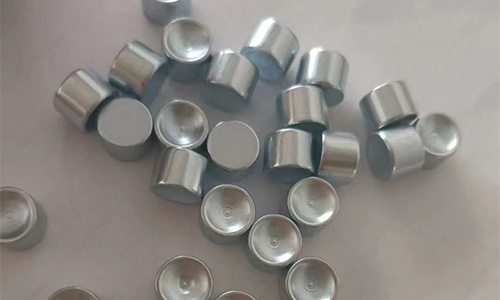- Chinese
-

-



+86-755-8884 1667
+86-189 2678 2694

Magnets can be classified in different ways, and the following are some common classification methods:
Classified by component:Permanent magnet: composed of atoms such as iron, cobalt, nickel, etc., with a unique internal structure and inherent magnetic moment. Common permanent magnet materials include ferrite magnets, neodymium iron boron magnets (strong magnets), and cobalt hard magnets.
Non permanent magnet (temporary magnet): It has magnetism under the action of an external magnetic field, and once the external magnetic field disappears, its magnetism will also disappear. For example, an electromagnet is a magnet that generates a magnetic field through an electric current.
2. Classification by shape:Bar magnet: A magnet with a rectangular shape, which can be a permanent magnet or a temporary magnet.
Cylindrical magnet: A magnet with a cylindrical shape, which can also be a permanent magnet or a temporary magnet.
Ring magnet: A magnet with a circular shape, commonly used in sensors, magnetic suction cups, and other fields.
Alien magnet: a magnet with a specific shape and size, customized according to specific needs.
3. Classification by purpose:Industrial magnets, such as motor magnets, rubber magnets, plastic magnets, etc., are widely used in fields such as magnetic drives, motors, and instruments.
Medical magnets: such as coils in hearing aids, used in the manufacturing of medical equipment and rehabilitation treatment.
Decorative magnets: such as refrigerator stickers, used for home decoration and advertising display.
4. Classification by magnetic strength:Strong magnetic materials (magnets): have high magnetic properties, such as neodymium iron boron magnets.
Weak magnetic materials: have weak magnetic properties, such as some alloys and compounds.
Ferromagnetic materials: between strong and weak magnetism, with certain magnetic properties.
In addition, there are other classification methods, such as classification by manufacturing process (cast magnets, sintered magnets, etc.) or classification by application field (such as magnetic components, magnetic tools, etc.). These classification methods help to better understand and apply magnets.


Mobile website